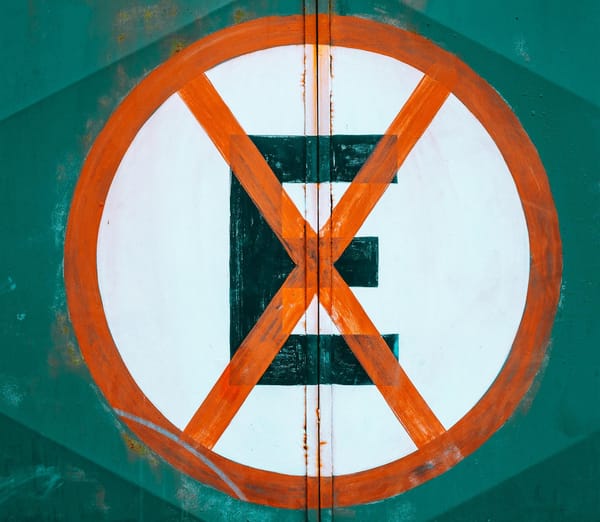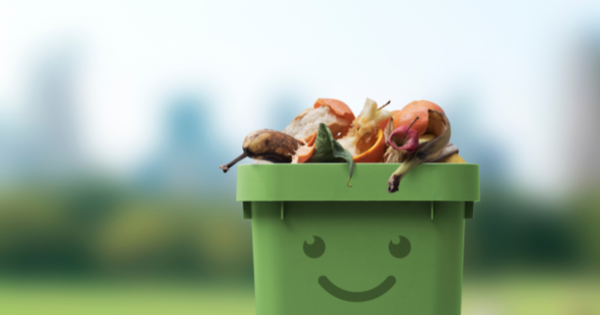
Our last best chance to transition our materials economy
The regulatory path to an Australian materials economy built on soils, not oils


The regulatory path to an Australian materials economy built on soils, not oils

They're in our air, the clouds, our water, our food, our organs, our bloodstream and even our brains. While we wait for systemic change, here’s how to reduce your personal exposure.

A striking image from the aftermath of Ex Tropical Cyclone Alfred becomes a Rorschach Test for our climate future

The last five years have seen both setbacks and innovation for biopolymers. Can they achieve cost parity with traditional plastics by 2030?

We need to reject the lie that is being fed to us that a circular economy means keeping synthetic waste in play for longer.

FOGO is transforming waste in Australia and shows us what can be achieved when policy innovation meets behaviour change.

We have to stop using our longest-lasting material for our most temporary commodity goods.

The collapse of the ESG hype bubble has exposed a hard truth: the only thing corporate sustainability efforts have sustained so far is the status quo.

Refill and reuse systems hold the potential to significantly curb our waste… if we can bridge the ‘valley of death’ currently preventing us from closing the loop at scale.

Our lack of infrastructure and supportive regulations in Australia means these novel solutions are (unfairly) falling short of their promise.

Could new non-tree fibre innovations pave the way to a regenerative materials economy?

How pulp and fibre are redefining sustainable packaging